Brancepeth: An English village dating back to the first millennium
This evening, I am posting information on Brancepeth in County Durham, N.E. England. (The city of Durham is about 270 miles north of London.)
The name reflects historic migration patterns combining elements of Old Scandinavian and Old English. It means path or road of a man called Brandr.
Brancepeth is s small village with population of 400 persons. Location is five miles S.W.of the city of Durham.
The two principal visitor sites are the castle and church. These are discussed below.
Brancepeth Castle
The Neville family controlled the property from the 1066 Norman invasion through to the 16th century when it was confiscated by the Crown as penalty for the Nevilles leading a plot to overthrow Queen Elizabeth I. After a short spell under royal control it was gifted by James I to a Robert Carr and thereafter underwent a succession of ownership changes. Today the castle is owned by the Dobson family.
( At one time the Neviilles' were positioned in the highest echelon of English aristocracy. The family is also connected with Raby Castle.)
Although available for weddings and events the castle is not open to the public on a regular basis.
Brancepeth Church
This is the Parish Church and dedicated to St Brandon.
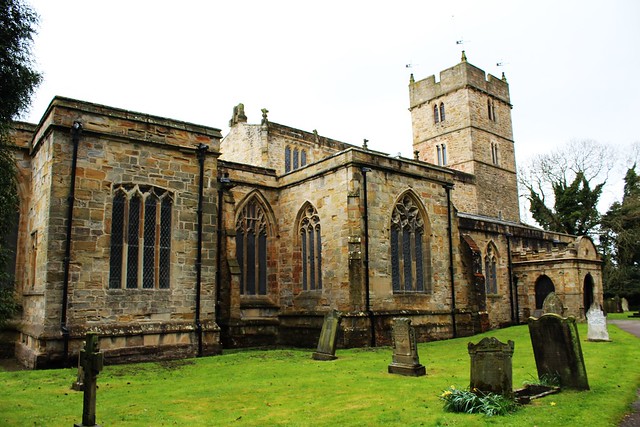
St Brandon’s Church, Brancepeth
St Brandon’s Church was a typical Church of England (Episcopalian) Parish Church, dating back to Saxon times but mainly from 12th-15th centuries.. Unfortunately, the building suffered massive fire damage in 1998 and came within a whisker of total destruction. However, the church was able to be sympathetically rebuilt, at cost of GBP3.2m, a project which was completed in 2005.
In course of the St Brandon’s restoration a number of early English cross slabs (early tombstones) were discovered in the clerestory which feature a range of designs including four circles,shears, swords and spears.
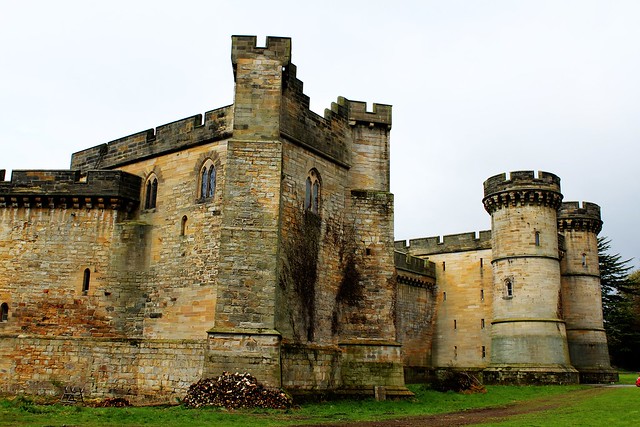
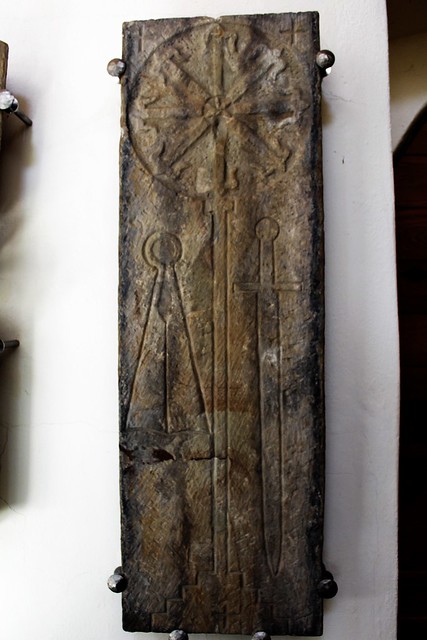
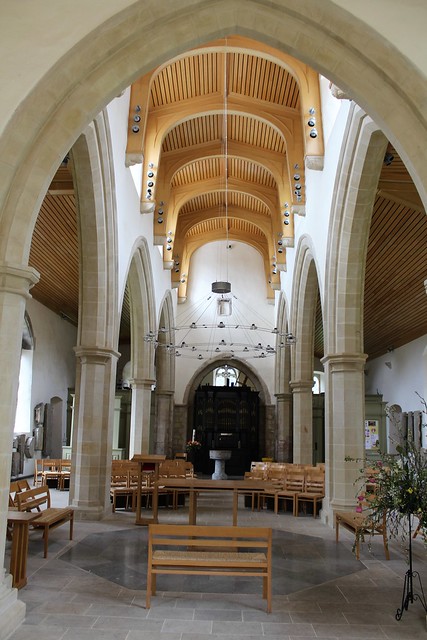

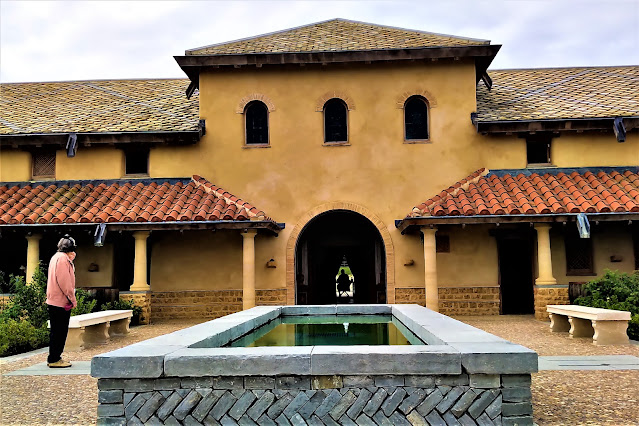
Comments
Post a Comment